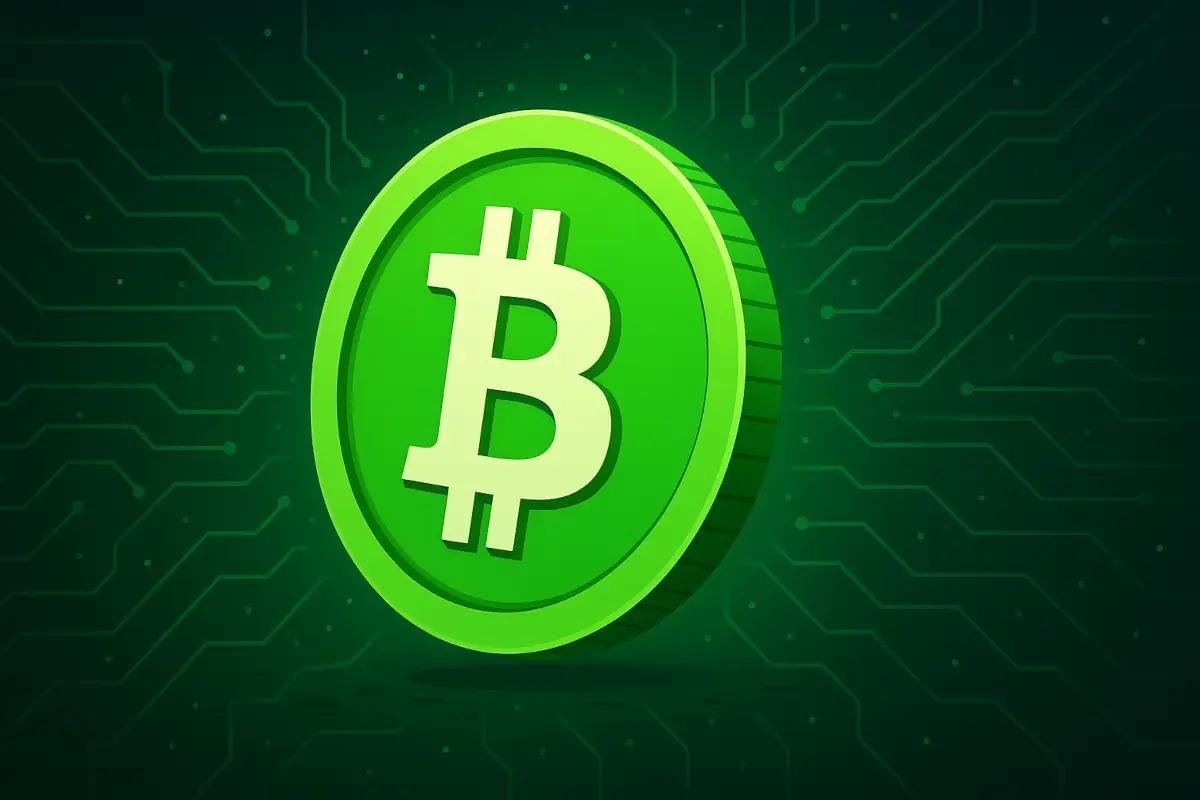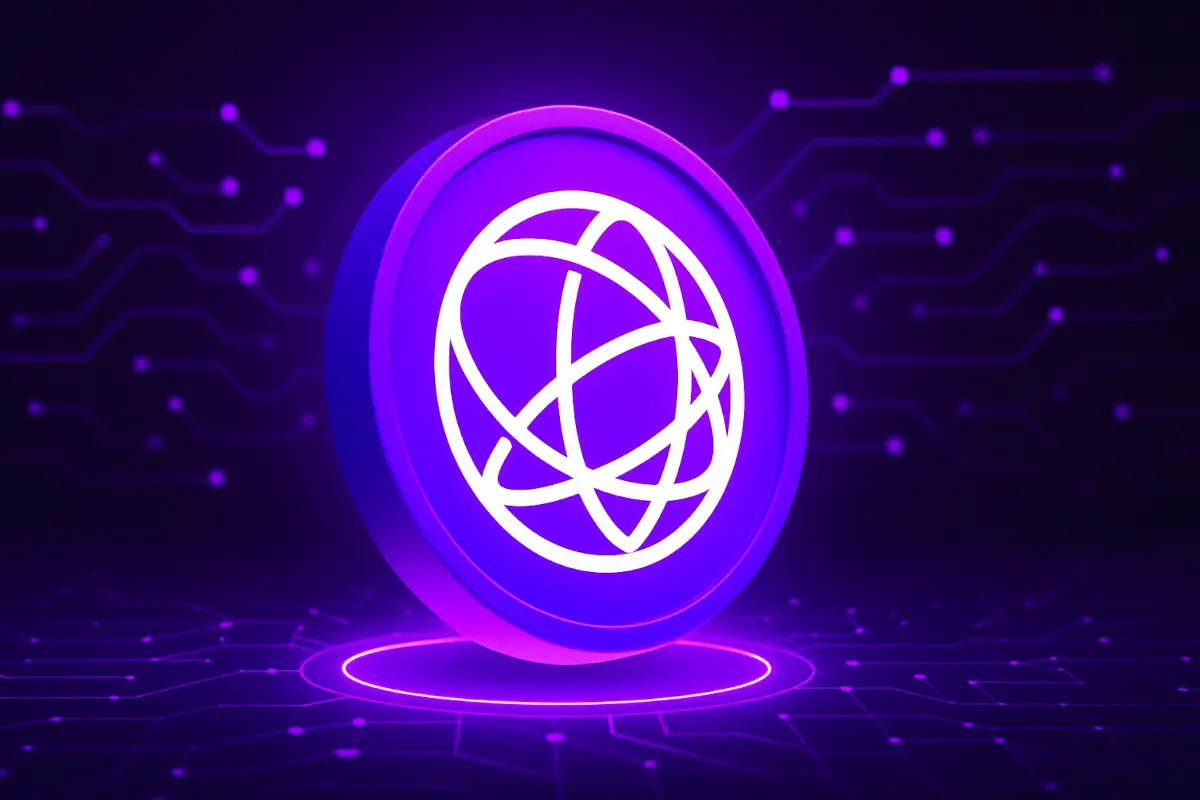Bitcoin Cash (BCH) entered the cryptocurrency market in 2017 as a response to a long-standing debate within the Bitcoin community – the disagreement centered around Bitcoin’s scalability and its increasing transaction fees.
Bitcoin Cash was created to offer a version of Bitcoin that focused on faster, cheaper transactions. Since its inception, it has held a firm place among the top 20 cryptocurrencies by market value. Despite the competition, it continues to attract both retail users and traders with its focus on usability, technical updates, and low fees.
Table of Contents
What is Bitcoin Cash?
Bitcoin Cash was born out of dissatisfaction with the direction Bitcoin’s main developers were heading. A section of the Bitcoin community, including developers and miners, wanted larger block sizes to allow more transactions per block and lower the average fee paid by users. Bitcoin Core, the dominant development team, rejected this idea, leading to a network split on August 1, 2017.
The fork created a new cryptocurrency with the same codebase but with changes that made it incompatible with the original Bitcoin. This meant that holders of Bitcoin received an equal amount of Bitcoin Cash at the time of the split. With an initial block size limit increase to 8 MB, later raised to 32 MB, BCH offered more space per block than Bitcoin’s 1 MB (at the time), aiming to process more transactions quickly.
This change made BCH more appealing for regular spending rather than long-term holding. Supporters considered this shift essential for turning cryptocurrencies into real-world payment tools that could rival established services like PayPal.
How Bitcoin Cash Operates?
Bitcoin Cash works through a peer-to-peer network similar to Bitcoin. It relies on miners who confirm and record transactions using computing power. The difference lies in how the system prioritizes lower fees and quicker settlement times. While Bitcoin uses a method where users pay more to have transactions confirmed faster, Bitcoin Cash avoids this by allowing more data per block.
The BCH network allows token creation on its chain, adopting features from other projects to attract developers and businesses. Bitcoin Cash has also maintained the same total supply rule as Bitcoin: only 21 million coins will ever exist, and it experiences a halving every four years, reducing the number of new coins miners receive.
After the 2024 halving, block rewards fell to 3.125 BCH. This shared structure gives BCH some level of familiarity and trust, especially for users who are skeptical of newer tokens with unpredictable inflation rates.
Why Bitcoin Cash Maintains Its Top 20 Status
Despite being one of several Bitcoin forks, Bitcoin Cash continues to trade within the top 20 cryptocurrencies, higher than Litecoin. One factor behind this is its consistent trading volume. As of early 2025, BCH records more than $350 million in daily trade activity. This level of liquidity appeals to institutional traders and exchanges that prefer assets with low price slippage and high availability.
BCH’s current market capitalization stands at nearly $8.5 billion, keeping it among the most widely recognized cryptocurrencies. That high valuation, combined with technical improvements, keeps it from fading into obscurity like some earlier forks did.
Another part of BCH’s appeal is its real-world use as a payment tool. The lower fees and fast confirmations make it useful for merchants and consumers looking for alternatives to credit card networks or online payment platforms. Some retail stores, platforms, and online services now include BCH as a payment option, contributing to regular transaction volume.
Bitcoin Cash Growth Beyond Transactions
Bitcoin Cash is not standing still. Regular updates keep the network functioning smoothly and address new technical needs. A network upgrade in May 2025 focused on increasing reliability and scalability, helping the system handle larger volumes of transactions and users without issues.
BCH is also moving into new areas such as decentralized finance. Its integration with platforms like Chainbased expands its reach beyond just simple transactions. These technical steps are designed to keep the blockchain relevant as more projects look for flexible, low-fee networks to build on.
Community engagement has also been part of BCH’s recent growth. Developer events like the Bliss 2025 conference and promotional campaigns through services like Sleen Wallet keep users and developers involved. These actions encourage continued use and experimentation, helping the network adapt to the changing cryptocurrency market.
How BCH Separates Itself from Bitcoin
Although BCH and BTC share a common origin, their use cases and community priorities have split. Bitcoin has become a store of value for many investors, often compared to gold. Its appeal lies in its limited supply and status as the first cryptocurrency. BCH, on the other hand, has focused on being an everyday currency.
The larger blocks in BCH allow it to process more transactions without the same fees. For users who want to spend rather than hold, BCH remains the better choice. However, this also introduces higher technical demands. Downloading and verifying BCH’s larger blockchain can be more resource-heavy, which may discourage users who want to run their own nodes.
BCH has also faced its share of internal disagreements. In 2018, a portion of the community split off again, creating Bitcoin SV.
Looking Ahead
Bitcoin Cash faces several open questions. One issue is whether it can continue offering low transaction fees as mining rewards drop. Miners may eventually need other incentives to stay on the network. Another question is whether the faster pace of software changes will bring new features or cause network splits.
Still, BCH maintains strong technical roots, a clear purpose, and a reliable track record. It has survived competition, forks, and market downturns without losing its place in the top cryptocurrencies. While not the biggest or most traded coin, it has carved out a role that continues to make sense in a market that values both innovation and usability.




